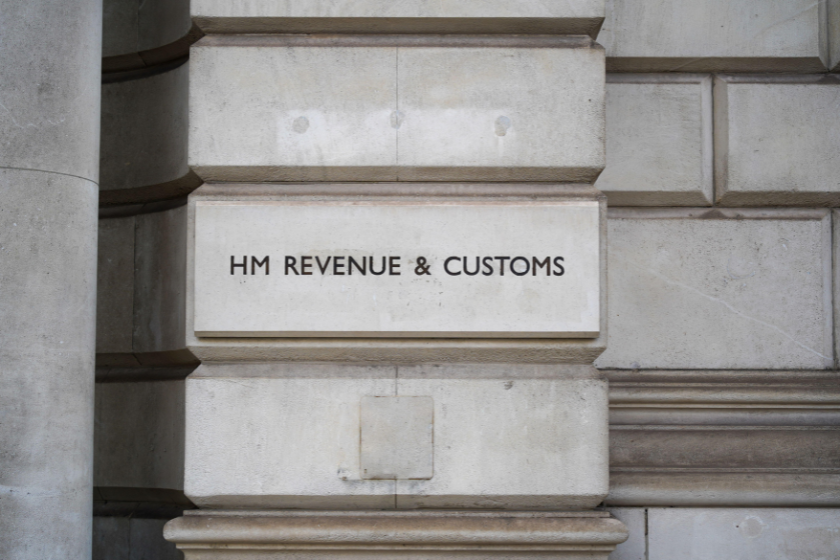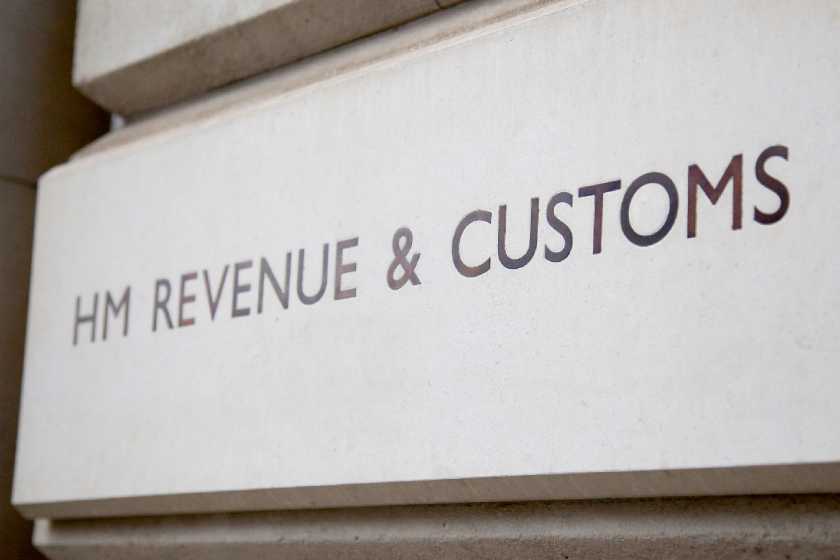The book The Innovator’s Solution: Creating and Sustaining Successful Growth by Clayton M. Christensen and Michael E. Raynor is a guide for the many disruptive innovators out there looking to make a difference in the business world.
The question on the lips of all these aspiring innovators is, How can I make a name for myself when my competition is so powerful? Clayton Christensen, the Kim B. Clark Professor of Business Administration at Harvard Business School, and Michael Raynor, director at Deloitte Services LP, have combined their knowledge and experience over the years to give in-depth advice and propose strategies on how to do exactly that.
“The best way for upstarts to attack established competitors is to disrupt them.”
But how do we do that?
Disruption is a relative term
According to Christensen and Raynor, it’s all relative. What may be considered disruptive to one company, may not be for another; therefore, it is important to “define an opportunity that is disruptive relative to all the established players in the targeted market”. If it is not, then there is no point in investing in the idea.
Disruption needs to be managed; otherwise, it becomes destructive and ineffective. There are two types of disruption:
- New-market disruption
- Low-end disruption
Christensen and Raynor define new-market disruption as competing with “non-consumption because new-market disruptive products are so much more affordable and simpler to use that they enable a whole new population of people to begin owning and using the product”.
Take the personal computer and Sony’s first battery-powered transistor pocket radio as examples of new-market disruptions. Their “initial customers were new consumers — they had not owned or used the prior generation of products and services”.
Canon’s desktop photocopiers were also considered new-market disruptions as they allowed people to make their own photocopies from their offices rather than from a corporate, high-speed photocopy centre.
Low-end disruptions do not create new markets, they are simply “low-cost business models that grew by picking off the least attractive of the established firms’ customers”. Christensen and Raynor use the example of discount retailers Walmart and Kmart in the ’60s when they attacked the low end of department stores’ market by selling paint, hardware, kitchen utensils, toys and sporting goods that were so “familiar in use that they could sell themselves”.
Once you figure out which type of disruption suits your product, that’s when you can devise a strategy that essentially helps you pick a fight that you actually have a chance of winning.
What is important in all this is distinguishing between disruptive and sustaining.
For example: “Throughout the late 1990s, investors poured billions into internet-based companies, convinced of their ‘disruptive’ potential. An important reason why many of them failed was that the internet was a sustaining innovation relative to the business models of a host of companies.”
Like Dell, who profited from the internet because it made its core business processes work better and ultimately helped them make more money.
To conclude, your business/product needs to find its rightful place in the market, a space where it can disrupt all the established players in that particular market, be it low-end or new-market disruptions.
Here are some examples of some of the world’s biggest companies and what disruptive strategies they chose to implement:
Amazon.com – a low-end disruption relative to traditional bookstores.
Ford – Henry Ford’s Model T was so inexpensive that he enabled a much larger population of people who historically could not afford cars to own one.
McDonald’s – The fast food industry has been a hybrid disruptor, making it so inexpensive and convenient to eat out that they created a massive wave of growth in the “eating out” industry.
Google – Google and its competing internet search engines are disrupting directories of many sorts, including the Yellow Pages.
eBay – eBay pursued a new-market disruptive strategy, enabling owners of collectibles that could never turn the heads of auction house executives to sell off things that they no longer needed.







